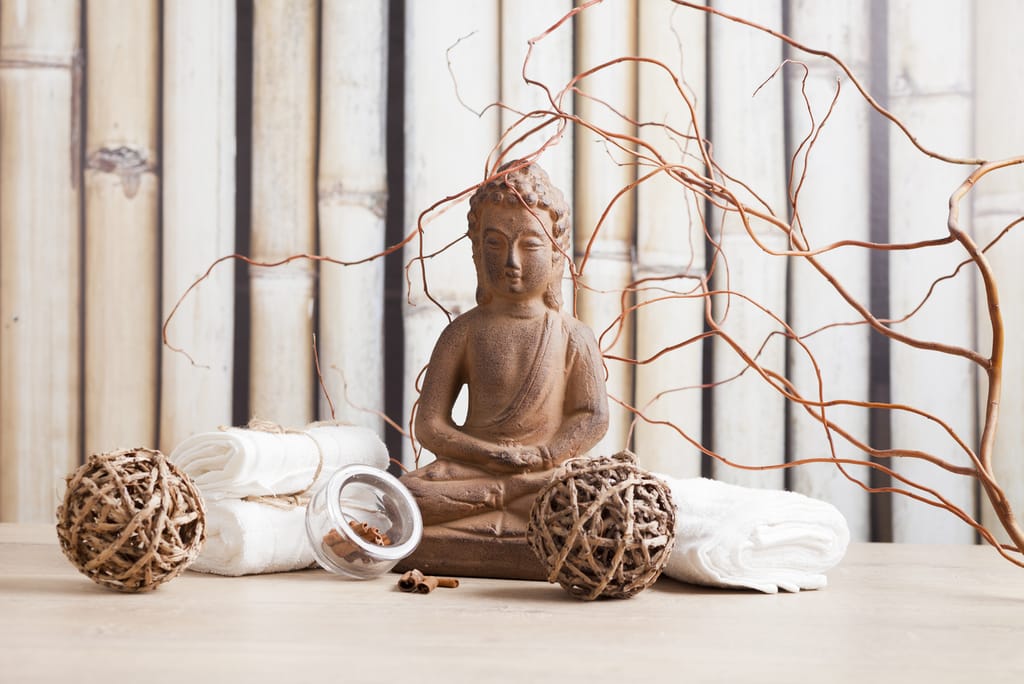What is meditation?
Meditation is a practice that has been around for centuries and is used to cultivate a sense of relaxation, inner peace, and clarity of mind. It involves focusing on the present moment and being aware of one’s thoughts and feelings without judgement. During meditation, one can practice different techniques such as visualization, mindfulness, and self-reflection to gain a better understanding of oneself and the world around them. The practice has reduced stress, improve focus, and even reduce physical pain. Despite its ancient roots, meditation has become popular in recent years because of its many benefits and its ability to be adapted to one’s lifestyle.
Benefits of meditation
One of the primary benefits of mindfulness meditation is its ability to reduce stress and anxiety. Stress is a normal part of life, but it can lead to negative physical and mental health effects when it becomes extreme or chronic. They have shown mindfulness meditation to help reduce stress levels by calming the body and mind. We can accomplish this through focusing on the breath, noticing physical sensations, and allowing thoughts to come and go without judgment.
Mindfulness meditation has also been beneficial for reducing anxiety. Anxiety is an emotion characterized by fear and worry, and it can debilitate for some people. Mindfulness meditation can help reduce anxiety by allowing the person to become more aware of their thoughts and feelings, and to observe them without judgment or attachment. This can lead to a sense of calmness and acceptance, which can help reduce anxiety. It can also be helpful in reducing symptoms of depression.
Depression is a serious mental health condition that is characterized by feelings of sadness, worthlessness, and hopelessness. Research has shown that mindfulness meditation can help reduce symptoms of depression by increasing self-compassion and acceptance, as well as helping to decrease rumination, which is the tendency to focus on negative thoughts and feelings.

Types of meditation
The most popular type of meditation is mindfulness meditation, which is focused on bringing attention to the present moment. This type of practice encourages practitioners to observe their thoughts and feelings without judgment and to be aware of them. It also helps to cultivate an attitude of acceptance and non-attachment, which can help reduce stress and anxiety.
Another popular type of meditation is Transcendental Meditation. This type of practice uses mantras or phrases to help the practitioner reach a deeper level of awareness and connection to the universe. It reduces stress and improve mental clarity, and can help practitioners develop a more profound sense of inner peace. Yoga is another dominant form of meditation. This is an ancient practice that combines physical postures with breathwork and meditation. Yoga helps to improve physical and mental strength and flexibility, and it can also help to bring a sense of calmness and relaxation.
Finally, there is meditation for visualization. This type of practice involves visualizing a desired outcome or situation, and it can help to increase motivation and focus. This type of meditation can also help to reduce stress and improve the ability to manifest desired outcomes. Finding the right type of meditation for you is a matter of trial and error. It is important to experiment and find what works best for you. It is also helpful to have an experienced teacher to guide you through each practice. This can help you gain more insight into the practice and to understand how each type of meditation can benefit you.
A daily habit
Here are some steps to help you create a successful daily meditation practice.
Decide on a Time and Place: Before you begin your meditation practice, decide on a specific time and place for your session. Choose a time when you are most likely to meditate without interruption. It is also important to keep your meditation area free from clutter and distractions.
Set a Realistic Goal: Start small by setting realistic goals for yourself. Aim to meditate for five or ten minutes each day and accumulate the duration of your sessions. It may help to set a timer to keep track of the time.
Start with a Basic Technique: Begin by focusing on your breath. This can help to bring your awareness into the present moment. Notice the sensations of your breath as it moves through your body. When your mind wanders, bring it back to your breath.
Use Guided Meditations: If you are just starting out, it may be helpful to use guided meditations or mindfulness apps to help keep you on track. These can provide helpful instruction and guidance to ensure that you are doing the practice correctly.
Make it a Habit: Make meditation a part of your daily life by establishing a routine. Try to stick to the same time and place each day. This will make it easier to maintain your practice.

Guided Meditation
Audio aids can be a powerful tool for guided meditation. By listening to an audio recording that helps you relax and focus, you can get more immersed in your practice. Popular audio aids used in guided meditation include calming music, nature sounds, and spoken word recordings. When choosing an audio aid to use during your guided meditation practice, look for a recording that is calming and free of distractions.
Music should be slow and steady, and it should be free of lyrics or any other elements that could pull your focus away from the present moment. Nature sounds, like ocean waves or rainforest noises, can also be a brilliant choice for guided meditation. Spoken word recordings can be helpful for guiding your meditation practice. They can help you stay focused and present, and can provide gentle reminders for you to stay in your practice.
Visual aids can also be a powerful tool for guided meditation. Visual cues, like candles, crystals, or images, can help you focus on the present moment and relax more deeply. When using visual aids during guided meditation, look for visual cues that will help you relax and stay present. Candles are a popular choice, as the flickering flame can help to create a calming atmosphere. Crystals, such as quartz or amethyst, can also help guide your meditation practice. Images can be a great way to help you stay focused on the present moment. Look for calming images that are free of distractions, such as nature scenes or abstract art.
The science of meditation
One of the primary ways in which meditation works is by altering the brain’s neurochemistry. Several studies have shown that it can increase levels of the brain’s "feel good" neurochemicals, such as serotonin, dopamine, and endorphins. These neurochemicals regulate mood and emotions and can help to reduce stress and anxiety. We have also found meditation to have a positive effect on physical health.
Studies have shown that it can reduce blood pressure, improve heart rate, and reduce inflammation. It can also increase the production of telomerase, an enzyme that helps to protect cells from aging. We have found meditation to improve the immune system, aiding in the prevention of disease. This practice has also been associated with psychological benefits. We have also found it to improve cognitive function and memory, increase self-awareness and empathy, and reduce negative emotions. Research suggests that it can even help to foster a sense of stability, security, and contentment.
Conclusion
Meditation is a powerful tool that can help us relax and gain clarity in our lives. It can help to reduce stress, improve concentration, boost the immune system, and even enhance our overall well-being. By taking the time to practice meditation regularly, we can experience its many benefits firsthand.
Reference
- Meditation – Mayo Clinic. (2022, May 5). https://www.mayoclinic.org/tests-procedures/meditation/about/pac-20385120
- Staff, M. (2022, November 15). How to Meditate. Mindful. https://www.mindful.org/how-to-meditate/
- Today, P. (2021, December 22). Meditation. Psychology Today. https://www.psychologytoday.com/us/basics/meditation